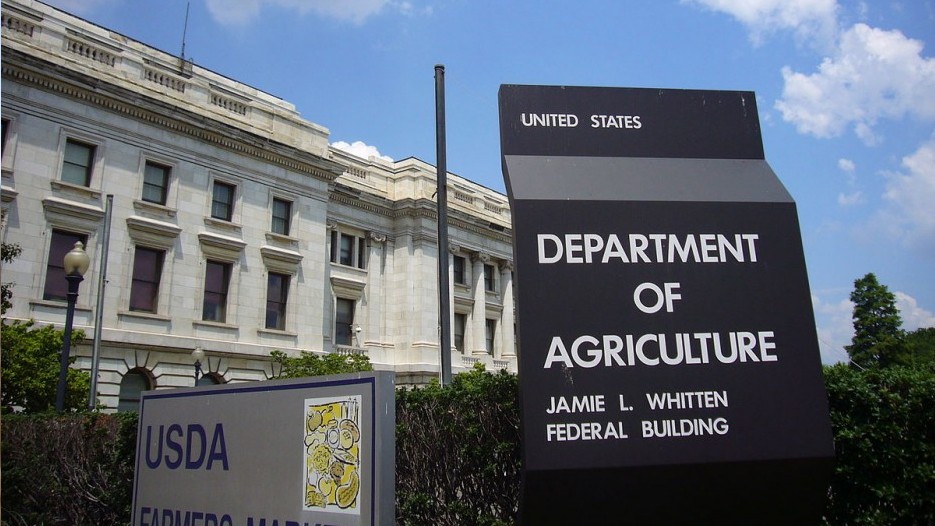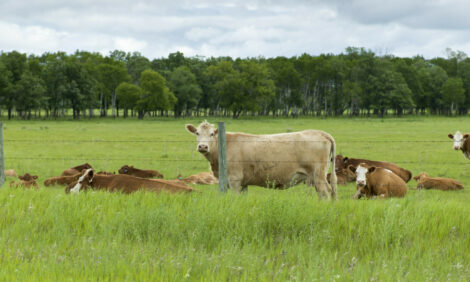



USDA clarifies program for livestock producers who suffered losses from depopulation
The USDA has announced the details for its new Pandemic Livestock Indemnity Program (PLIP), an initiative that support livestock farmers who suffered losses and depopulation from COVID-19 supply chain stresses.The USDA has released the highly anticipated details of its new Pandemic Livestock Indemnity Program (PLIP) for producers who suffered losses from supply chain disruptions caused by COVID-19. Producers who were forced to depopulate animals last year due to insufficient processing capacity can apply for PLIP now through 17 September via USDA’s application portal.

Program Details
PLIP provides assistance for losses of livestock and poultry depopulated from 1 March 2020, through 26 December 2020. The animals must have been euthanized due to insufficient processing access that occurred as a result of the COVID-19 pandemic. PLIP payments compensate participants for 80% of the loss of eligible livestock or poultry as well as for the cost of depopulation and disposal. This will occur through a single payment rate per head listed in the following figures.
.jpg)
PLIP payments are calculated by multiplying the number of head of eligible animals by the payment rate per head, and then subtracting the amount of payments the producer has already received for disposal of the animals under USDA’s Environmental Quality Incentives Program (EQIP) or state programs. If Coronavirus Food Assistance Program 1 or CFAP2 payments have already been paid on depopulated swine, those payments will be subtracted from the payment as well.
PLIP Payment = [Payment Rate/hd X Number of animals depopulated] – Previous Payments
In order to simplify administration of the program, USDA’s Farm Service Agency (FSA) determined a single payment rate per head that is consistent with the categories and nationwide prices used to administer the Livestock Indemnity Program for 2020. Additionally, the estimated cost of depopulation is factored in based on the average costs of common methods used as estimated by USDA’s Animal and Plant Health Inspection Service. The estimated cost of disposal is also factored in and is based on the costs of common disposal methods and rates from EQIP.
Eligibility
As previously mentioned, in order for livestock to be eligible they must have been depopulated between 1 March 2020, and 26 December 2020, as a result of insufficient processing access due to the pandemic. This does not include unborn livestock, such as unborn swine that may have been depopulated during pre-farrowing. In addition, these livestock must have been physically located in the US at the time of depopulation.
In order to be eligible for payments, producers must have legal ownership of the livestock or poultry on the day the animals were euthanized. As a result, contract producers of swine and poultry are not eligible. (Details on aid to these producers will be released at a later date.) Additionally, packers and live poultry dealers are not eligible to participate in the program.
Summary
The Consolidated Appropriations Act, 2021, allocated funding for PLIP to provide assistance to producers for losses of livestock and poultry depopulated as a result of processing disruptions during COVID-19. Producers who were forced to depopulate animals last year due to insufficient processing capacity can apply for PLIP now through 17 September via USDA’s application portal. Producers with questions about eligibility should contact their local FSA office or call 877-508-8364 to speak directly with a USDA employee ready to offer assistance.


